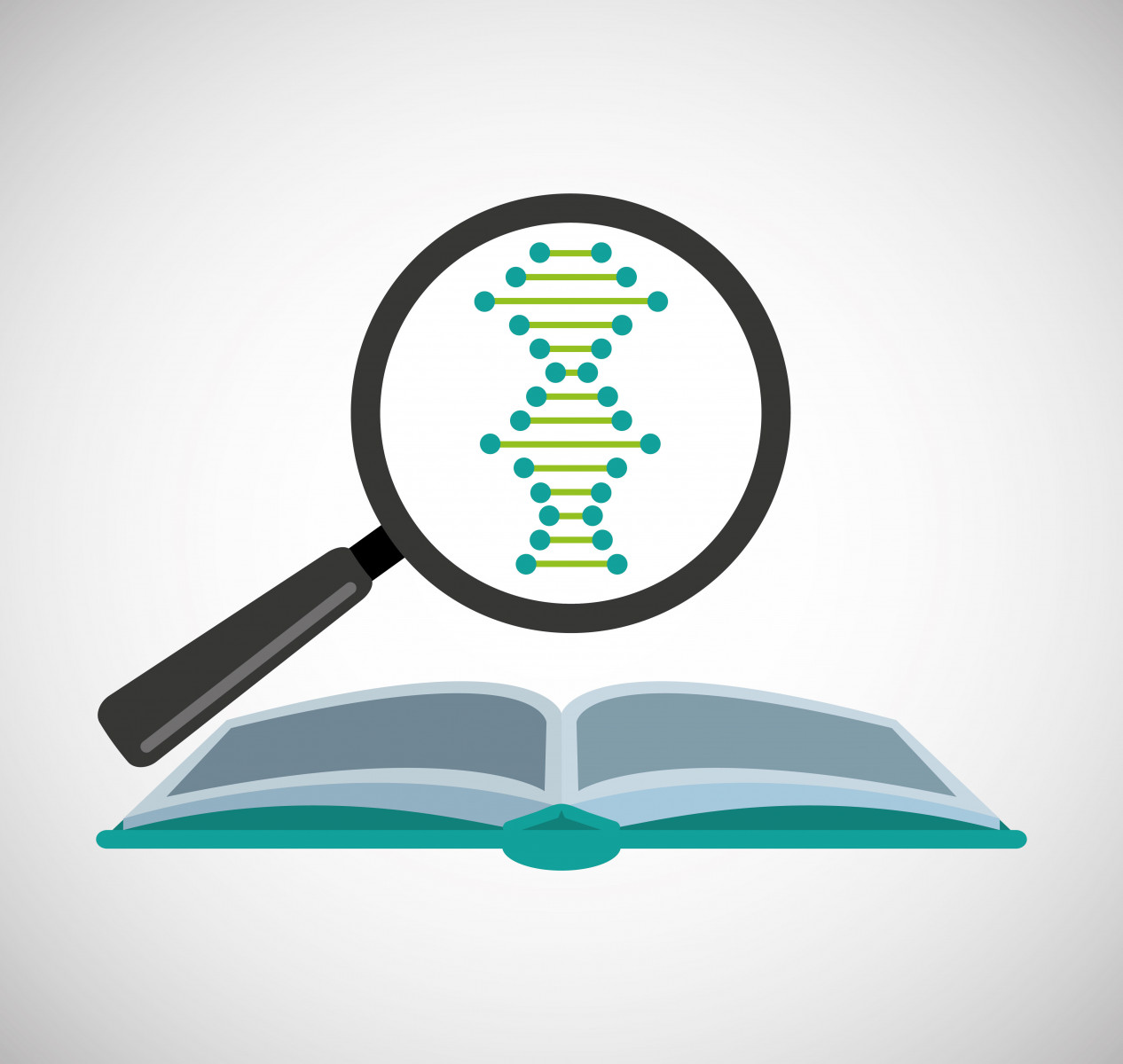New Mutation Linked to Sanfilippo Type A Found in Young Chinese Girl
Written by |

A new mutation in the SGSH gene associated with Sanfilippo syndrome type A, also known as mucopolysaccharidosis IIIA (MPS IIIA), was discovered in an 8-year-old girl in China, a case study reports.
The study underscores the importance of a timely diagnosis for this disease and how genetic testing can help doctors identify associated mutations and confirm a diagnosis early in life.
The study, “A novel mutation of SGSH and clinical features analysis of mucopolysaccharidosis type IIIA,” was published in the journal Medicine (Baltimore).
Sanfilippo syndrome, or MPS type III, is divided into four disease subtypes, from MPS IIIA to MPS IIID.
These are all progressive neurodegenerative disorders, characterized by early loss of acquired skills (developmental regression) and progressive intellectual disability. Each type is caused by mutations in four different genes.
MPS IIIA is characterized by impaired activity of the SGSH gene. This gene gives instructions to produce an enzyme called sulfamidase, which, when defective, results in the accumulation of large sugar molecules, called heparan sulfate, inside cells.
More than one hundred types of mutations in the SGSH gene have been reported. Now, a new mutation was discovered in a Chinese girl.
The an 8-year-old was referred to the hospital due to prolonged developmental delay, seizures and swallowing difficulties.
The first symptoms began when she was 6 months old. Her speech was delayed and over time she lost the ability to sit and walk independently; she also began to experience sleep disturbances.
She was apathetic, had thick hair, an enlarged liver (hepatomegaly), vision problems, stiffness in her hands and feet, and muscle and joint contractures. However, her parents were healthy and non-relatives.
Before that, she had been diagnosed incorrectly with cerebral palsy.
At the hospital, laboratory tests of cerebrospinal fluid (CSF) — the body fluid surrounding the brain and spinal cord — looked normal. However, a brain MRI revealed a vast cerebral atrophy — the loss of nerve cells in the brain and the connections between them — and the thickening of skullcap bones, which cover the upper part of the brain. An X-ray also showed mild broadening of the ribs.
Next-generation sequencing was used to genetically test the girl, her parents, and sister. DNA from blood samples was used to screen for 270 genes associated with inherited metabolic disorders, including Sanfilippo syndrome.
Except for genes in sex chromosomes, each gene generally has two copies, one passed by the mother, and the other by father. This girl carried two distinct mutations, one at each copy of the SGSH gene. Genetic analysis also revealed that each mutation was inherited from one of the parents.
Both mutations (c.1298G > A and c.630G > T) were missense. That means the mutations altered one of the amino acids (proteins’ “building blocks”) in the protein coded by the gene (the sulfamidase enzyme).
Mutation c.1298G > A already was described as causing Sanfilippo type A; however, the second mutation, c.630G > T, had never been reported. This new mutation was deemed to be “disease-causing” or “probably damaging,” according to different computer prediction models.
Combined with the clinical manifestations, the genetic tests helped confirm a diagnosis of Sanfilippo type A.
Usually, symptoms of Sanfilippo type A start at 4 to 5 years, but this girl’s case appeared more severe, with an earlier onset and more rapid disease progression.
The newly discovered mutation also may be the reason why the girl had extensive nerve cell loss in the brain, and anomalies in skull bones and ribs. That association, however, has not been confirmed.
“Through this case, we have found a novel mutation site of SGSH gene, which provides a new research material for the genetic background of MPSIIIA children,” researchers wrote.
An early diagnosis of Sanfilippo is very important. Genetic testing allows doctors to identify underlying mutations in suspected cases early, helping confirm the diagnosis. This aids doctors “to counsel the parents regarding prognosis and can guide for antenatal [before birth] diagnosis during next pregnancy,” researchers wrote.




